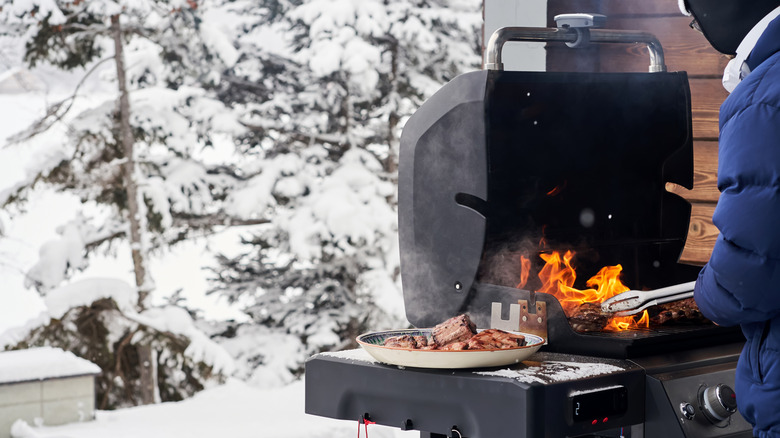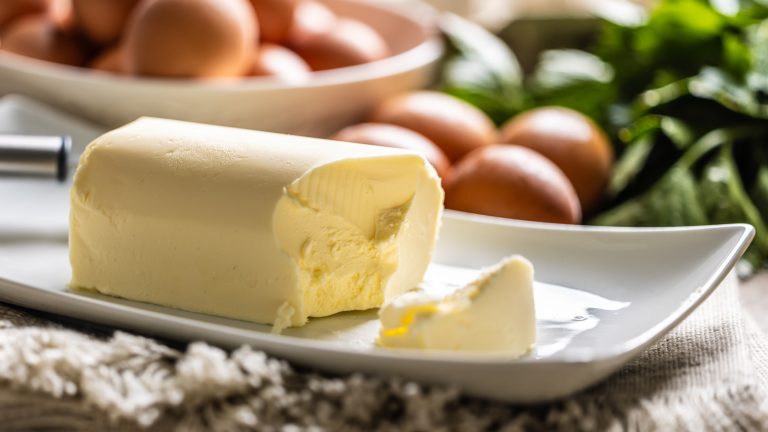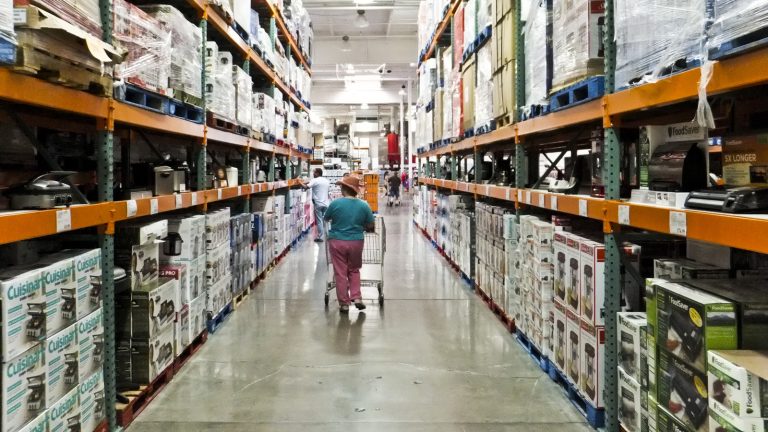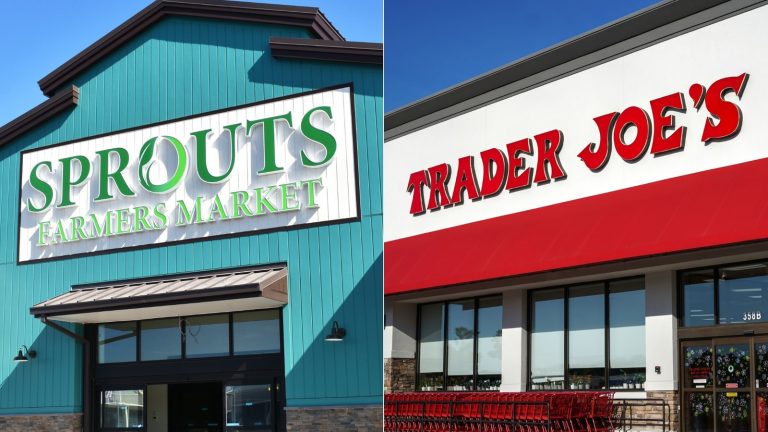Unlike an oven programmable to the degree or a stovetop with a sensitive temperature range, grilling comes with a more indeterminate nature. Especially when cooking on a natural fuel source like charcoal or hardwood lump, there’s only so much control over the resultant fire. And streamlining the ideal heat source only feels more confusing with external elements involved.
For instance, say you’re considering grilling amidst cold weather. To account for the lower temperatures, take note that you’ll need an extra five or so minutes of preheat time, regardless of the cooking vessel. Furthermore, the ambient temperature influences the amount of fuel, so account for needing more wood, coals, or gas. And you’ll need to stock up on even more fire source in the wind — especially if using embers. In fact, if the gusts are too heavy, you may not even be able to start your grill altogether.
Meanwhile, in the hot summer sun, BBQing takes on a contrasting form. If your setup is out under intense UV rays, then expect foods to start sizzling considerably quicker. Plus, low and slow preparations like smoking could have unexpected deviations in temperature. But as long as you keep a tab on the details, you can start grilling like a master, no matter the weather involved.
Outdoor temperatures impact grilling duration and intensity
Even when it’s no longer patio weather, there’s still a good reason to fire up the grill. The cooking vessel is a superb way to cook for large numbers of people; there’s nothing quite like the smoke-kissed aromas of a barbecue spread. Especially when you know the right way to prepare BBQ meats in advance for a party, hosting an indoor event with outdoor cooking still remains feasible.
However, to avoid any dinner night mishaps, it’s essential to account for swings in temperature. If you start up the coals or turn on the fuel and proceed like it’s a perfect 70-degree day, then you’ll run into issues. That means come wintertime, purchase an extra bag of coals, lump wood, or a propane tank, ready to replenish your fuel source at a moment’s notice. Remain extra attentive to the temperature, especially if dealing with drawn-out cooking. And if it does feel like the grill’s slowing down, then go ahead and refuel; trust intuition more than habit.
On the other hand, if it’s a hot summer evening, then it’s best to stick to high-heat, quick-cooking recipes. Not only will manning the grill turn uncomfortable, but there’s also the risk that unwanted searing occurs. So at the very minimum, stick to the temperatures best for grilling burgers — 375 and 400 degrees Fahrenheit — to avoid unforeseen overcooking and sweaty preparation.






